From the very beginning, Chainsaw Man has been a series with many strengths. Its fantastically written character drama, rugged art style that brims with attitude, and memorably unique Devil designs have all added to the reputation of what has become one of Shōnen Jump's most popular stories. And as Part Two continues moving ahead, it's become abundantly clear that unpredictability is also one of Chainsaw Man's best qualities.
For a series that kills its protagonist in the first chapter, events being unpredictable isn't anything all that new. Part One threw its main antagonist to the side just to prop up another, before revealing Pochita's entire nature as the Chainsaw Devil out of the blue all in the final 15 or so chapters. I gave up on trying to predict future events in Chainsaw Man long ago, as did many other fans after reading Tatsuki Fujimoto's Fire Punch, or his many acclaimed one-shots, and realizing they were all just as unpredictable.
But as Part Two continues deep into the story, it seems Fujimoto has turned the unpredictability factor of the series all the way up. A beloved and highly important character was unceremoniously killed off-screen, an explicit sexual act between the two protagonists took place in an alley, and most recently, an alternate dimension similar to Domain Expansion was introduced. Shocking readers is comfortable territory for Fujimoto, but none of his stories have ever had this many moving parts. And now that Part Two is nearing the length of Part One, those many plot threads may prove a problem going forward.
Unpredictability Is What Makes Chainsaw Man Special
Chainsaw Man Is Elevated by Its Unwillingness To Be Predictable
Underneath the wild and wacky qualities that have come to define the work of Tatsuki Fujimoto, Chainsaw Man, as a narrative, is relatively straightforward. There's a lot going on under the surface in terms of theme and character writing, especially in Denji's case, who has undeservedly gained a reputation as a terrible protagonist among non-Chainsaw Man fans. But nevertheless, at its core, the story itself isn't much different from other shōnen hero journeys. This hero is just unique in that he lacks any grand motivation or goal. The story's unpredictability is often what works to elevate its narrative to such intense heights.
Part One could very easily have divulged the information that Pochita was actually the Hero of Hell in the very first chapter, letting the audience in on some mysterious, dormant power hidden away in Denji as other popular series have done. But that wouldn't quite have the same impact as just having him randomly show up. The same goes for the eventual villain reveal: by hiding who was actually the big bad boss, the eventual realization became much more powerful. This time, however, Chainsaw Man might just have a little too much going on to eventually end things cohesively.
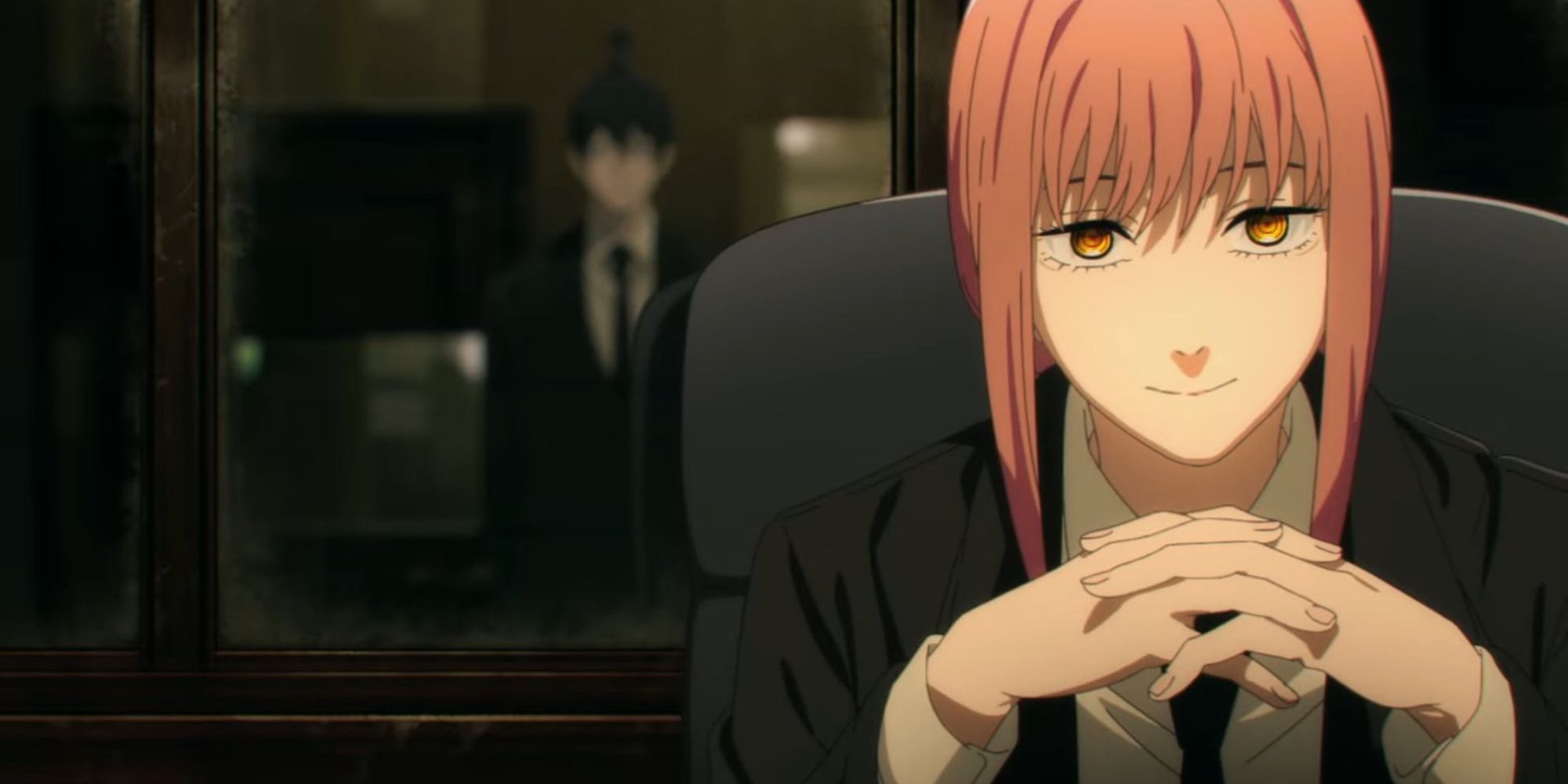
In retrospect, it should have become obvious that Fujimoto was doubling down on Chainsaw Man's unpredictability at the very beginning of Part Two, when the titular hero went several chapters before appearing in his own manga. Then, around the point of the Chainsaw Man Church arc, everything began to fly off the rails. What started as high school hijinks for Asa, Yoru, and Denji quickly devolved into commentary on idolatry and heroes, critiques of the Japanese and American governments, and all-out war between the two main characters.
Chainsaw Man Part One Didn't Have As Many Moving Parts
Chainsaw Man Part Two Introduces New Plot Threads With Every Twist
There is a lot going on in Part Two of Chainsaw Man, with several characters taking time to shine, split protagonists, shady dealings occurring off-screen, and plot threads seemingly stretching out in every direction. Part One also had a lot happening, but in comparison, was a little more focused than Part Two. In the earliest chapters, the Gun Devil was introduced and painted as the endgame antagonist, or the thing pushing the plot forward and keeping it in a straight line.
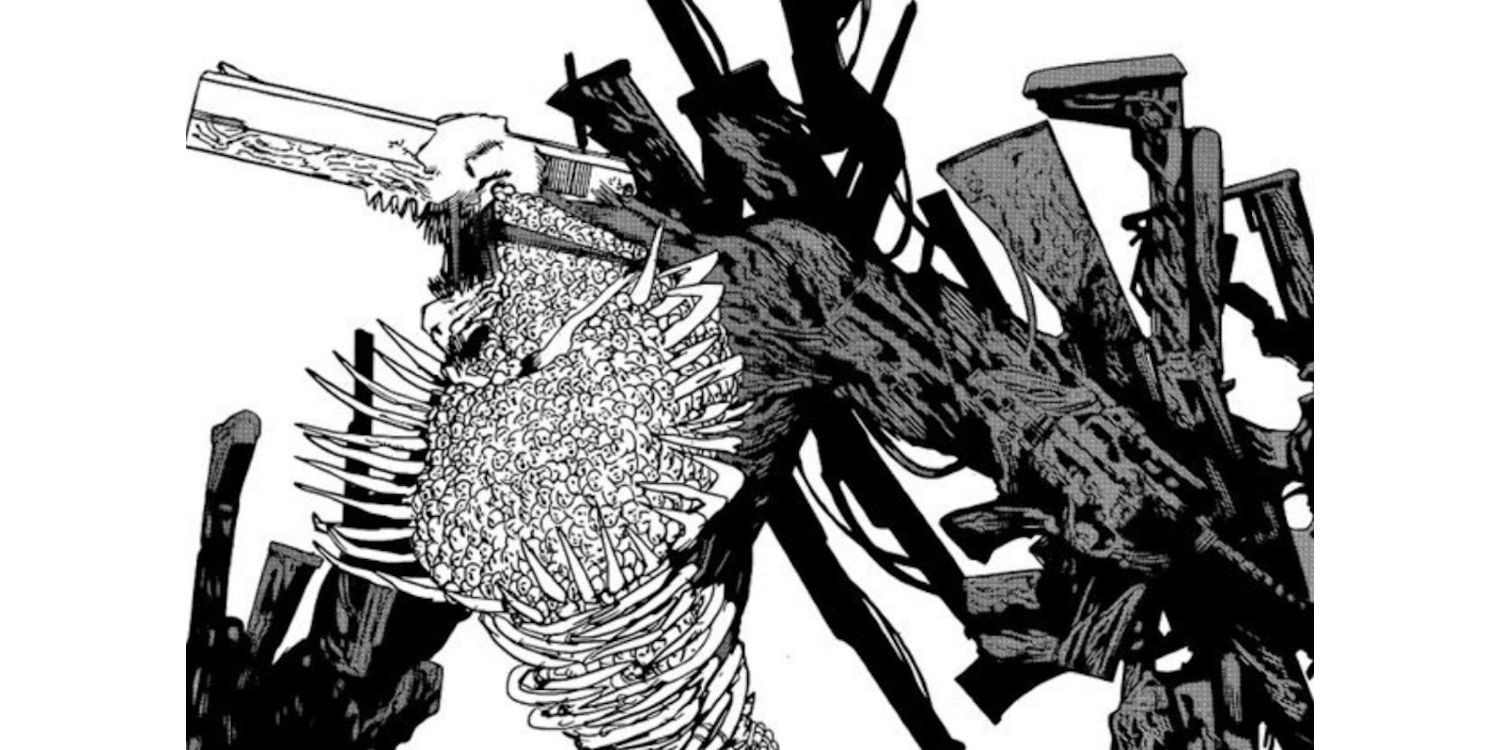
While the story eventually steered away from the Gun Devil being the final villain, having that as an established destination for the characters kept Part One focused. Part Two introduced the ominous Death Devil, but has yet to really use it in any meaningful way. It's been referenced on occasion, in vague requests to have Chainsaw Man defeat Death in order to avoid an impending apocalypse, but nothing Denji has done has really been in pursuit of that goal. Instead, it seems Makima's emotional beatdown of Denji during Part One's finale has been extended throughout the entirety of Part Two.
And perhaps that is the point of Chainsaw Man's second half: freed from the shackles of Control, Denji must come to terms with the fact that normalcy may just not be an option for him. But the wandering protagonist being a reactive character rather than one pushing the plot forward has caused several outlying plot threads to appear with every new twist. Yoshida and Fami remain drenched in mystery, a fake Chainsaw Man was introduced and never mentioned again, a cult is running rampant using Chainsaw Man's name, and a large disconnect remains between the two protagonists.
Part Two Is Nearing the Point of No Return For Its Two Protagonists
Denji and Asa May Have Lost Too Much to Have a Happy Ending
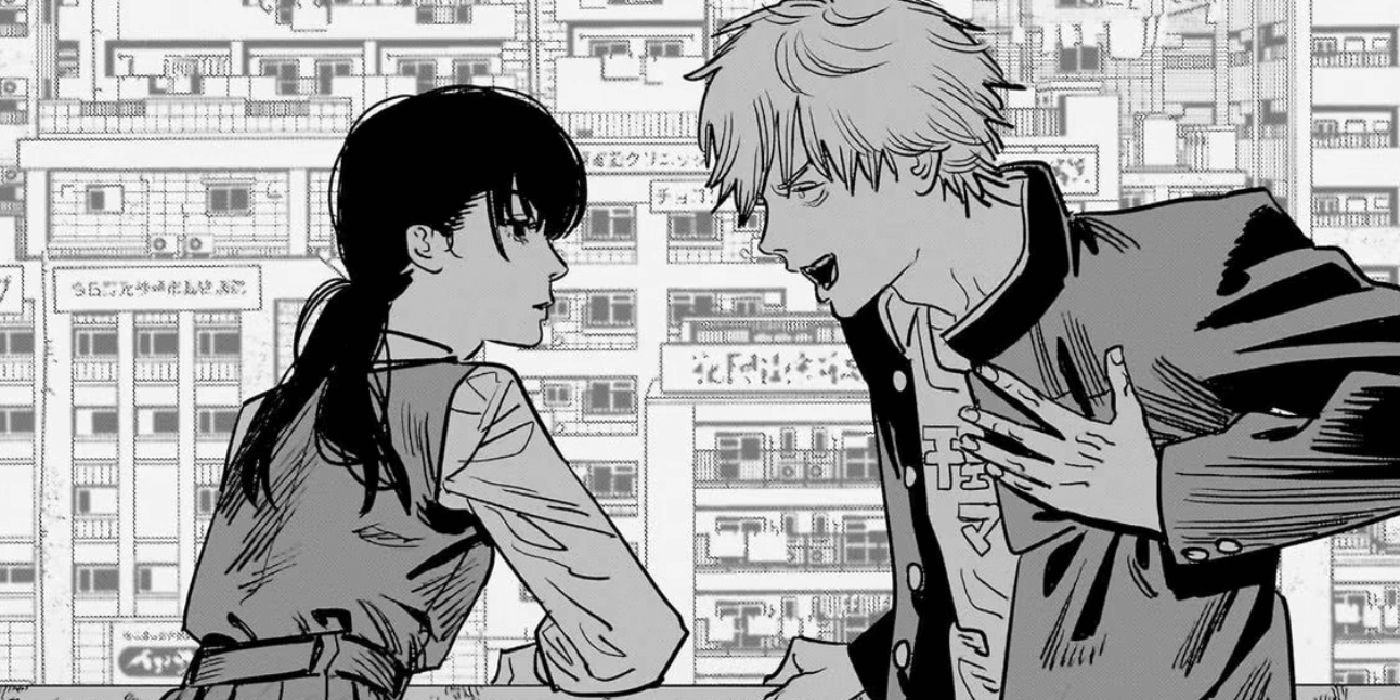
The largest elephant in the room that has yet to be discussed by Chainsaw Man's dual protagonists is Yoru. On multiple occasions throughout Part Two, the War Devil has directly interacted with and taken advantage of Denji, all while the series' main hero has no inkling of her existence. And with every twist and turn the story takes, it seems the wedge between Denji and Asa continues to grow.
The two are now alone in Aging's world, with literally nothing but time and ample opportunity to come clean to one another about their secrets and bond over trauma. At this point, though, with all the two have gone through, it may be too difficult for either to escape this situation unscathed. The stakes have become too high, and both have lost too much. Any more physical or emotional damage to Denji or Asa may just break them completely.
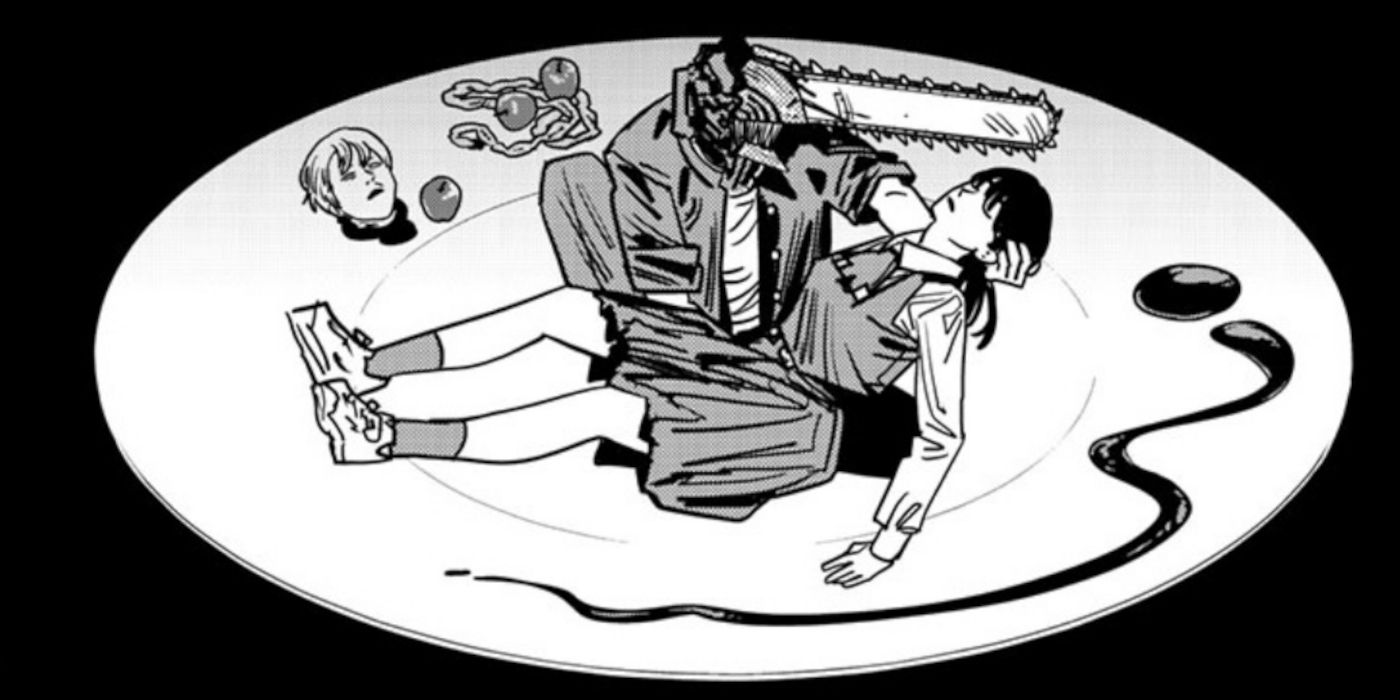
However, Tatsuki Fujimoto has written himself out of countless corners I thought inescapable throughout his many works, and if any author can manage to tie up all these loose ends and stick a landing, it's him. Chainsaw Man has continued to shock its audience while delivering hard-hitting themes and emotional character drama, and will continue to do so as Part Two marches toward its close. And though he's done it before, Fujimoto has a lot on his plate if he wants to neatly wrap things up this time.
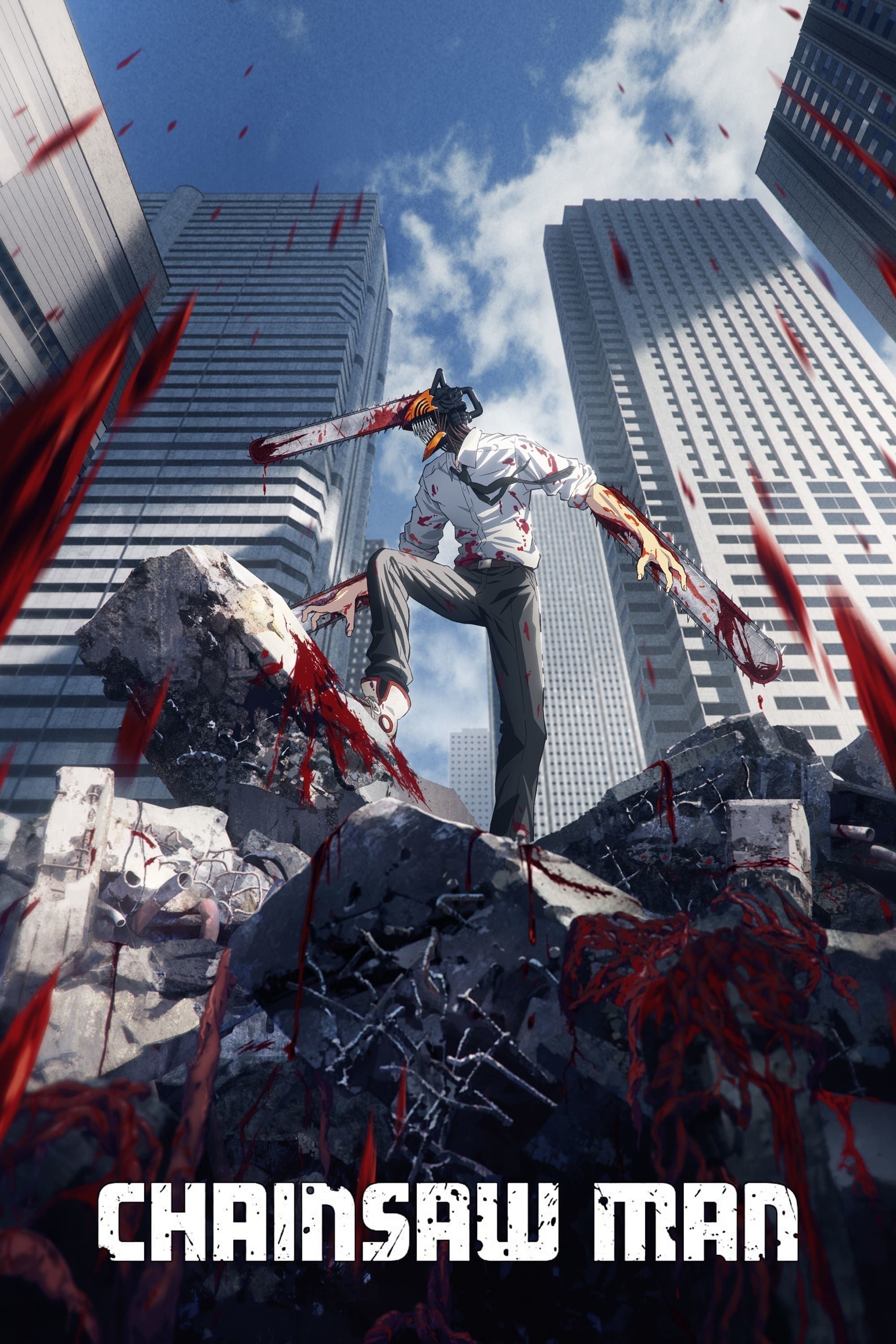
Chainsaw Man
Chainsaw Man is a dark fantasy manga created by Tatsuki Fujimoto. The series follows Denji, a young man who merges with his devil-dog Pochita to become Chainsaw Man. He joins the Public Safety Devil Hunters to fight devils threatening Japan. The series explores themes of violence, power, and survival. Since its debut in 2018, Chainsaw Man has gained immense popularity, leading to a critically acclaimed anime adaptation.
Created by Tatsuki Fujimoto
Upcoming Films Chainsaw Man - The Movie: Reze Arc (2025)
First Episode Air Date October 12, 2022
Summary
Chainsaw Man is a dark fantasy manga created by Tatsuki Fujimoto. The series follows Denji, a young man who merges with his devil-dog Pochita to become Chainsaw Man. He joins the Public Safety Devil Hunters to fight devils threatening Japan. The series explores themes of violence, power, and survival. Since its debut in 2018, Chainsaw Man has gained immense popularity, leading to a critically acclaimed anime adaptation.

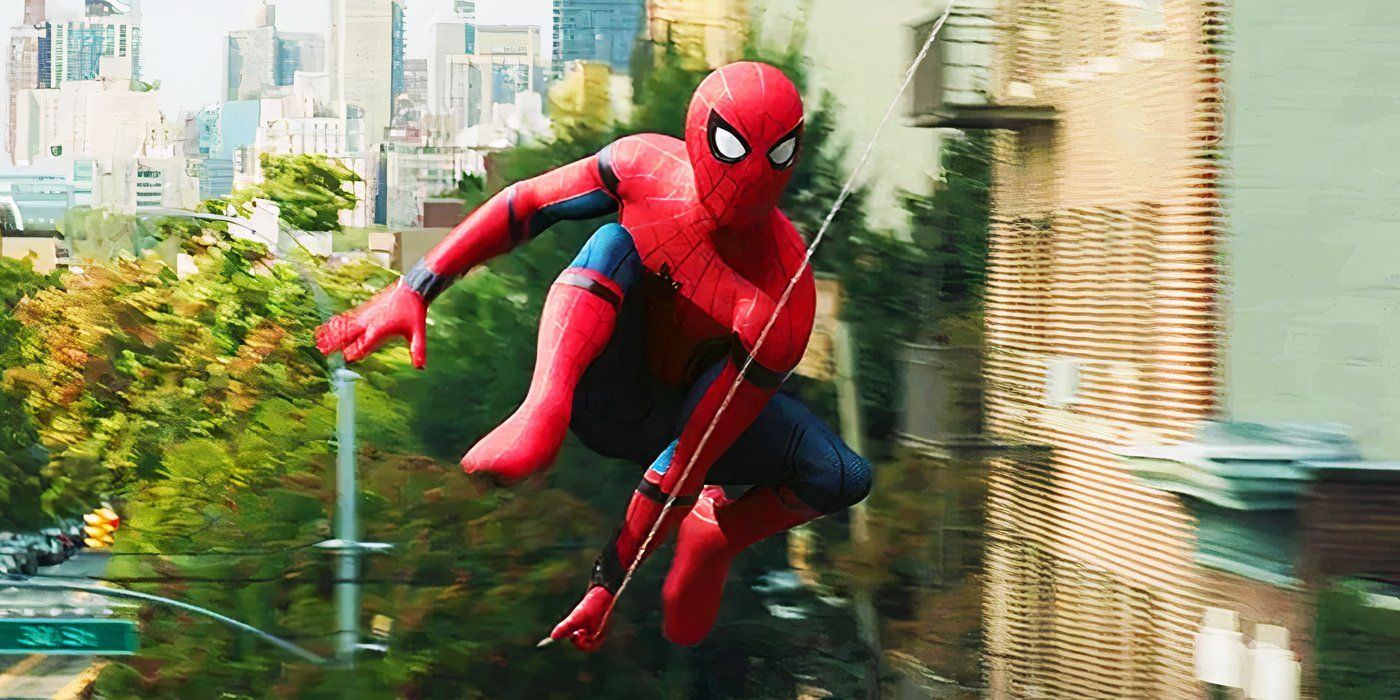
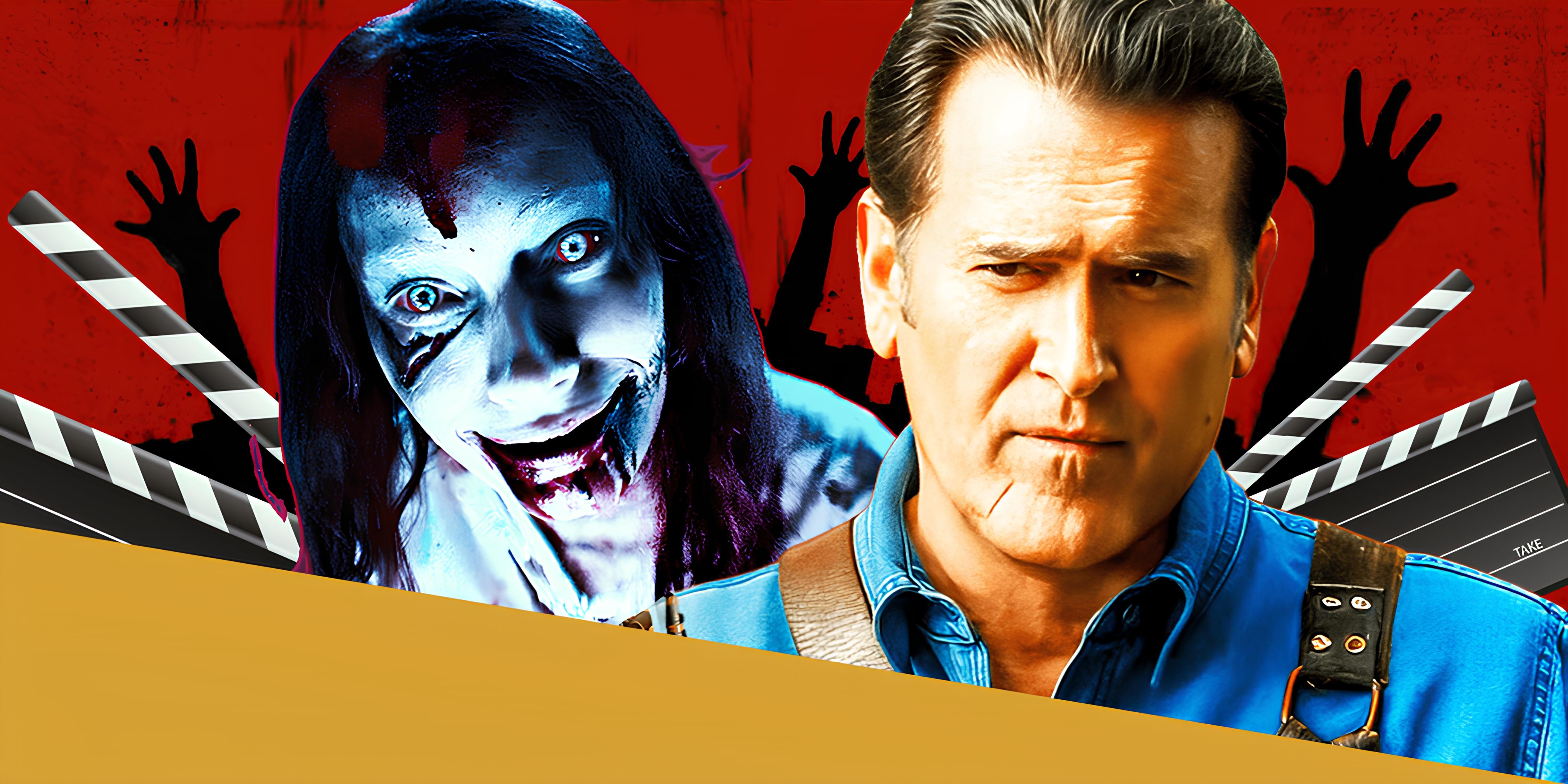




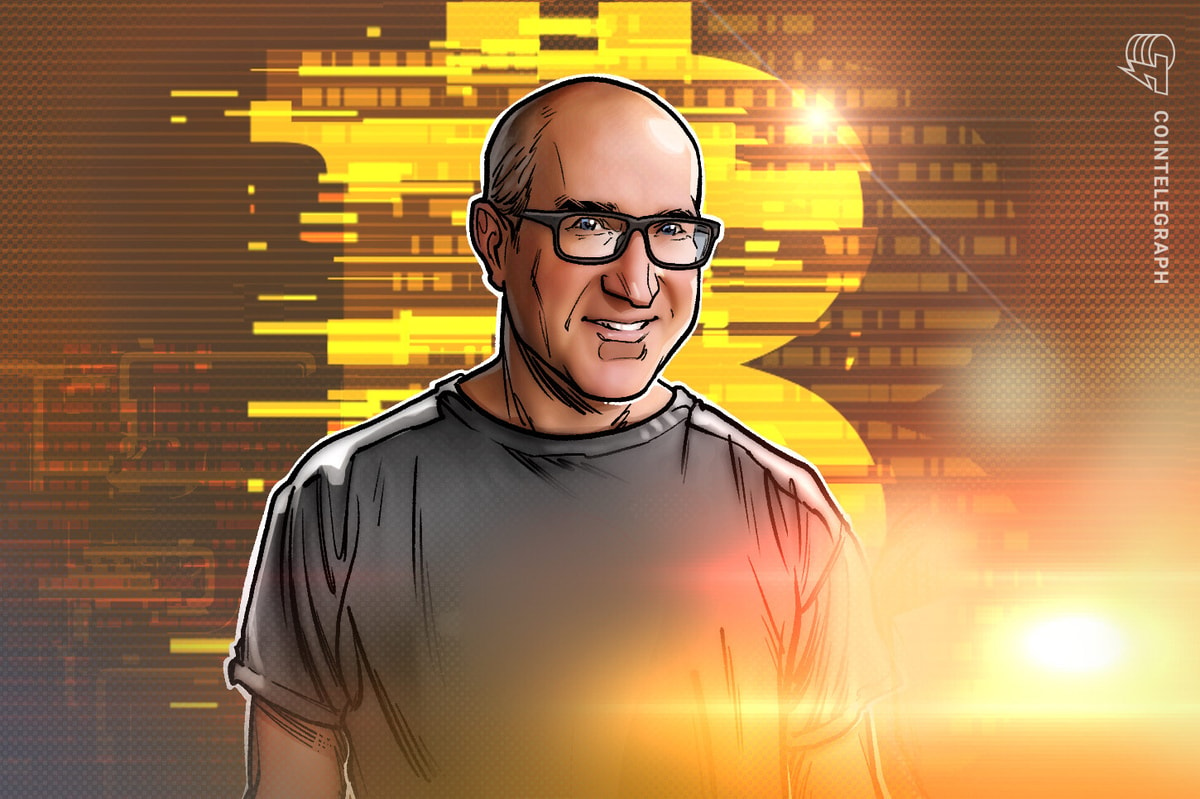

 English (US) ·
English (US) ·